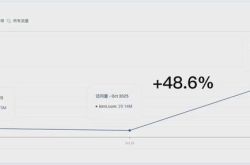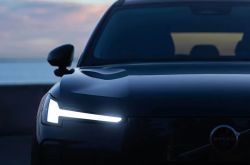Nokia's "remake" smartphone hits the market, is HMD milking the last drop of Nokia?
![]() 08/12 2024
08/12 2024
![]() 456
456
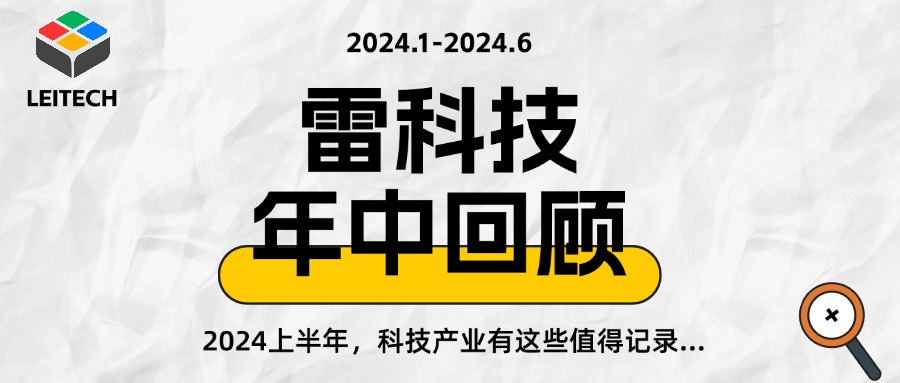
Last year, we reviewed nostalgic mobile phone brands including Gionee, Tianyu, and Bird. These brands once represented the trend of mobile phone development, but all of them were forced to leave the market for some reason and became a memory. For example, HTC, which we mentioned last time, was somehow dragged down by its own high marketing costs.
Some may wonder why this series didn't mention Nokia. The reason is not complicated – the "NOKIA" brand is still alive in another form and even recently released a new smartphone:

Image source: HMD
In August 2024, HMD released an Android smartphone called HMD Skyline. In terms of hardware configuration, the HMD Skyline uses a Qualcomm Snapdragon 7s Gen2 processor, offering 8+128GB and 12+256GB storage options. The screen is a 6.55-inch FHD+ OLED display with an aspect ratio of 20:9, a maximum refresh rate of 144Hz, and a peak brightness of 1000 nits.
Overall, the HMD Skyline's hardware configuration can only be considered mid-range by domestic standards, but considering the actual performance of overseas mobile phone brands, Skyline has set a very confident price of $499.
Despite its unremarkable hardware configuration, what really attracts people to the Skyline is its design – this phone's representative design has been jokingly called a "spiritual sequel" to Lumia by netizens. The phone adopts the iconic pillowed design of the Lumia 800/Nokia N9 but also incorporates the metal frame design of the Lumia 1050. By the way, the Skyline also features a detachable design, allowing users to easily replace the screen, back cover, battery, charging port, and other vulnerable parts.
So what's the connection between this "spiritual sequel" and Lumia and NOKIA?
What is the relationship between Nokia, Lumia, and HMD?
To understand their connection, we need to start with Nokia's transition from smartphones to Windows Phone.
In 2011, faced with the "siege" of new-generation smartphones like iOS and Android, Nokia decided to shift its smartphone business to the Windows Phone operating system, marking a close collaboration between Nokia and Microsoft. In fact, Nokia was not averse to the Android ecosystem at the time, and there were even rumors of Nokia engaging with Android before making its decision.
But Stephen Elop, the then-CEO of Nokia who fans dubbed the "mole" (he was part of Microsoft's senior management team in 2008, joined Nokia in 2010 as CEO, and returned to Microsoft as Vice President in 2013 when Microsoft acquired Nokia's mobile business at a low price), not only rejected the Android ecosystem but also abandoned Nokia's self-developed Meego operating system and fully embraced Windows Phone.
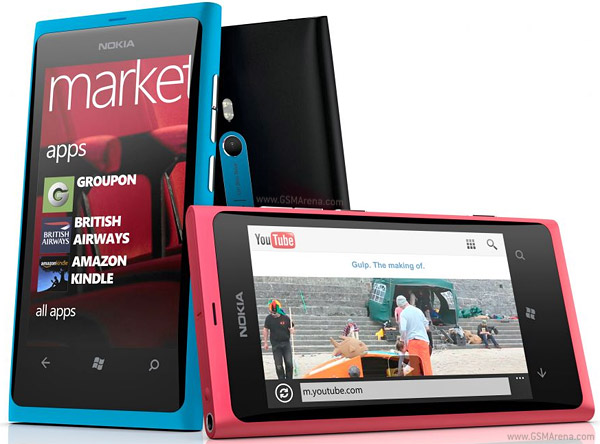
Image source: NOKIA
In interviews, Nokia, which fully embraced Windows Phone, stated that "joining the Android ecosystem would only make us the next HTC." Subsequently, Nokia launched the Lumia series of phones. Although the Lumia series received much praise for its design and hardware, the Windows Phone operating system, which had stagnated for years, frequently changed its core and frustrated developers, struggled to compete with iOS and Android in market share.
After unsuccessful attempts, in 2013, Nokia decided to split its business (Nokia and Nokia Mobile, the latter referred to by its English brand identity Nokia), selling its mobile business along with the Nokia and Lumia brand identities to Microsoft. Microsoft continued to launch Lumia-branded phones, but their market performance remained unsatisfactory, ultimately leading Microsoft to discontinue Windows Phone development in 2016. This phase marked the end of the Lumia series and the gradual fading of the Nokia mobile brand from the market.
However, considering the special status of the five letters NOKIA in the hearts of global mobile phone users, no one wanted this brand to disappear. In 2016, a group of former Nokia executives founded HMD (HMD Global) and obtained global exclusive licensing rights for mobile phones and tablets from Nokia, meaning that HMD could launch phones bearing the Nokia and Lumia brands, similar to how Microsoft once did.
For HMD at the time, its primary task was naturally to join the Android ecosystem and establish a foothold in the smartphone industry. To this end, HMD quickly completed its product layout across high, mid, and low-end smartphones, attracting consumers with its pure Android system. Additionally, HMD continued Nokia's commitment to photography, introducing the Nokia 9 PureView, a multimedia powerhouse.
Unfortunately, the Android industry at the time was no longer what it was in 2011. The rise of domestic mobile phone brands intensified competition in the smartphone market, and HMD faced strong pressure from mature brands such as Samsung, Huawei, and Xiaomi. Furthermore, as mobile phone brands began to focus on their operating systems, offering differentiated experiences, Nokia Android phones under HMD's control continued to rely on their "near-stock" Android experience as their core selling point, putting them at a natural competitive disadvantage.
Moreover, HMD Global's relatively conservative marketing investments and strategies in the global market failed to effectively increase brand awareness and product recognition. This led to the Nokia brand being primarily associated with KaiOS-powered feature phones for a long time in the mobile phone market.
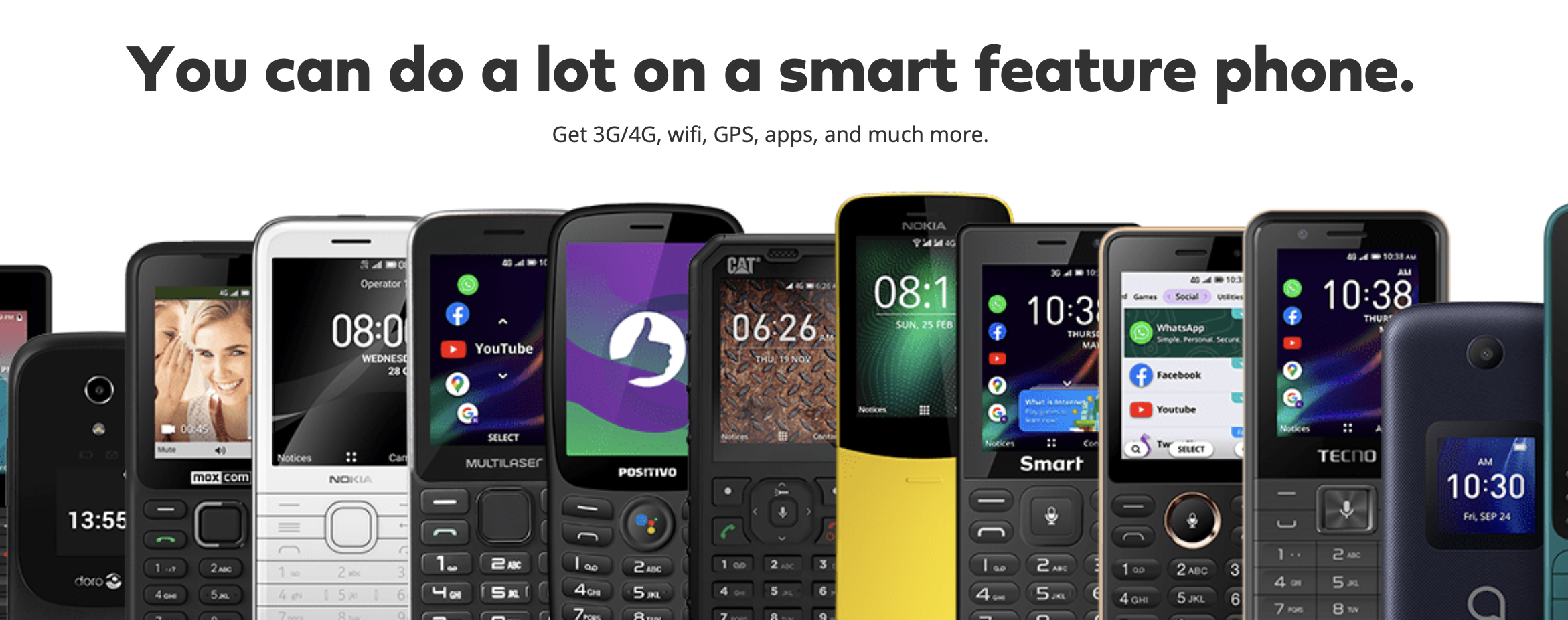
Image source: KaiOS
Unlike previous Nokia-branded phones launched by HMD, the newly released HMD Skyline is marketed under the HMD name and does not bear the "NOKIA" logo on its body. In other words, the emergence of HMD Skyline could signal the end of the Nokia mobile brand.
Can HMD go further after shedding the burden of the Nokia brand?
To be honest, I would feel a little sad if the Nokia brand disappeared from the mobile phone industry. However, the emergence of HMD Skyline does suggest that HMD is trying to return to the smartphone market through innovation and differentiation.
For example, while the HMD Skyline's hardware configuration is relatively average, its design and detachable components have a certain appeal in the market. Furthermore, against the backdrop of consumer aversion to "bloated" operating systems, the near-stock Android experience of the HMD Skyline can also win over some users.
It is undeniable that under HMD's stewardship, Nokia has had both successes in recreating classic models, such as the famous "banana phone," and struggles and inadequacies in the smartphone market.
For the mobile phone industry as a whole, the story of Nokia and HMD also offers many insights. First, Nokia's experience proves that a brand's value lies not only in its history and heritage but also in its ability to keep pace with the times and meet consumers' actual needs. A brand that relies solely on its historical status and past glories to generate revenue will only be constrained when the environment changes suddenly. In a fiercely competitive market, innovation and differentiation are always the keys to a brand's survival and development.
Interestingly, domestic mobile phone brands like Gionee and Bird have also gone through similar brand trusteeship phases as Nokia. However, to exploit the last bit of value from their brands, most of these brands choose to directly open up brand licensing. Few "successors" like HMD exist who aim to "revitalize" the brand.
As for whether HMD, having shed the burden of the Nokia brand, can find a new path in the Android market, we will likely find answers soon from pricing on second-hand markets like Xianyu.
Source: Leitech


